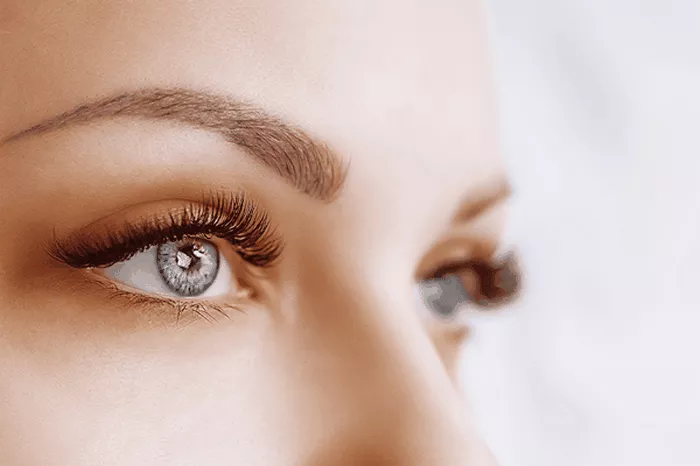Blepharoplasty, commonly known as eyelid surgery, is a cosmetic procedure designed to rejuvenate the appearance of the eyelids by removing excess skin, fat, and muscle. Many individuals considering blepharoplasty wonder whether the results are permanent or if they will need additional procedures in the future. In this article, we will explore the longevity of blepharoplasty results and discuss factors that may affect their long-term sustainability.
What to Expect from Blepharoplasty
Blepharoplasty can address various concerns related to the upper and lower eyelids, including:
- Upper Eyelids: Excess skin and fat deposits in the upper eyelids can create a heavy, droopy appearance, potentially impairing vision and making the eyes appear tired.
- Lower Eyelids: Puffy bags and loose skin under the eyes can give a perpetually tired or aged look.
Blepharoplasty can significantly improve these concerns, resulting in a more youthful and rejuvenated appearance. However, it is important to understand that the aging process continues after surgery, and certain factors can influence the long-term outcome.
The Aging Process and Eyelid Changes
Aging affects all areas of the body, including the eyelids. Over time, the skin loses elasticity, and the underlying muscles weaken. These natural changes can lead to the recurrence of some eyelid concerns, albeit to a lesser degree than before the initial surgery. While blepharoplasty can effectively address these issues, it does not halt the aging process altogether.
Factors Affecting Long-Term Results
Several factors can influence the longevity of blepharoplasty results. These include:
- Individual Aging Process: Each person ages differently, and the rate at which the eyelids and surrounding tissues undergo changes may vary. Genetics, lifestyle choices, and overall health can all contribute to the aging process.
- Skin Quality and Elasticity: The quality and elasticity of your skin play a significant role in the long-term results of blepharoplasty. Good skin elasticity can help maintain the firmness and smoothness of the eyelid area for a longer duration.
- Sun Protection and Skincare: Protecting your skin from excessive sun exposure and maintaining a consistent skincare routine can help preserve the results of blepharoplasty. Sun damage can accelerate the aging process and diminish the longevity of surgical outcomes.
- Lifestyle Choices: Factors such as smoking, poor diet, inadequate sleep, and high stress levels can contribute to accelerated aging. Adopting a healthy lifestyle can support the long-term results of blepharoplasty.
- Weight Fluctuations: Significant weight gain or loss after blepharoplasty can affect the appearance of the eyelids. Maintaining a stable weight can help sustain the surgical outcomes.
Maintaining Results and Potential Revisions
While blepharoplasty results are not technically permanent, they can be long-lasting. To maximize the longevity of your results and potentially delay the need for further procedures, consider the following:
- Follow Post-Operative Care: Adhere to your surgeon’s post-operative instructions, which may include gentle wound care, the use of prescribed medications, and attending follow-up appointments. This will optimize the healing process and minimize complications.
- Adopt a Healthy Lifestyle: Maintain a balanced diet, exercise regularly, get sufficient sleep, manage stress levels, and avoid smoking. These healthy lifestyle choices can slow down the aging process and help preserve your surgical results.
- Protect Your Skin: Shield your eyelids from harmful UV rays by wearing sunglasses and applying sunscreen daily. Additionally, use gentle skincare products and avoid harsh chemicals that may irritate the delicate eyelid area.
- Regularly Consult with Your Surgeon: Periodic check-ups with your plastic surgeon will allow them to monitor your progress, provide guidance, and recommend potential revision procedures if necessary. Your surgeon can assess the need for touch-up surgeries or non-surgical treatments to maintain or enhance the initial results.
Conclusion
While blepharoplasty does not provide permanent results, it can produce long-lasting improvements in the appearance of the eyelids. The longevity of these results depends on various factors, including individual aging patterns, skin quality, lifestyle choices, sun protection, and skincare practices. By following post-operative care instructions, adopting a healthy lifestyle, protecting your skin, and consulting with your surgeon as needed, you can extend the benefits of blepharoplasty and potentially delay the need for further procedures. Remember that while the aging process continues, blepharoplasty can help you achieve a refreshed and more youthful appearance that lasts for many years.


